Rising Incidence of Neurological Disorders
The increasing prevalence of neurological disorders, such as stroke, traumatic brain injury, and neurodegenerative diseases, is a primary driver for the Neurorehabilitation Gaming Systems Market. According to recent statistics, approximately 795,000 individuals experience a stroke annually, leading to a significant demand for effective rehabilitation solutions. This growing patient population necessitates innovative therapeutic approaches, which neurorehabilitation gaming systems can provide. These systems offer engaging and interactive methods for recovery, potentially improving patient outcomes. As healthcare providers seek to enhance rehabilitation efficacy, the market for these gaming systems is likely to expand, driven by the urgent need for effective treatment options for neurological conditions.
Technological Advancements in Gaming Systems
Technological advancements in gaming systems are transforming the Neurorehabilitation Gaming Systems Market. Innovations such as virtual reality (VR), augmented reality (AR), and motion-sensing technologies are enhancing the interactivity and effectiveness of rehabilitation programs. These technologies allow for immersive experiences that can motivate patients and facilitate better engagement during therapy sessions. The integration of artificial intelligence (AI) into these systems also enables personalized rehabilitation plans tailored to individual patient needs. As these technologies continue to evolve, they are expected to drive market growth by providing more effective and enjoyable rehabilitation experiences, thereby attracting both patients and healthcare providers.
Increased Investment in Healthcare Technologies
Increased investment in healthcare technologies is a significant driver for the Neurorehabilitation Gaming Systems Market. Governments and private sectors are allocating substantial funds to develop advanced rehabilitation technologies, recognizing their potential to improve patient outcomes and reduce healthcare costs. This financial support is fostering innovation within the neurorehabilitation sector, leading to the development of more sophisticated gaming systems. As funding continues to flow into healthcare technology, the market for neurorehabilitation gaming systems is likely to experience robust growth, as new products and solutions emerge to meet the evolving needs of patients and healthcare providers.
Growing Awareness of Mental Health and Rehabilitation
There is a growing awareness of the importance of mental health and rehabilitation, which is positively influencing the Neurorehabilitation Gaming Systems Market. As society increasingly recognizes the impact of mental well-being on overall health, there is a corresponding rise in demand for innovative rehabilitation solutions. Neurorehabilitation gaming systems not only address physical recovery but also contribute to cognitive and emotional rehabilitation. This holistic approach is gaining traction among healthcare professionals and patients alike. Market data indicates that the mental health segment of rehabilitation is expanding, suggesting that neurorehabilitation gaming systems could play a crucial role in addressing these needs, thereby driving market growth.
Rising Demand for Home-Based Rehabilitation Solutions
The rising demand for home-based rehabilitation solutions is shaping the Neurorehabilitation Gaming Systems Market. Patients increasingly prefer the convenience and comfort of receiving rehabilitation at home, especially following hospital stays. Neurorehabilitation gaming systems offer an effective means for patients to engage in therapy from their residences, thus promoting adherence to rehabilitation programs. Market Research Future indicates that the home healthcare market is expanding, driven by the desire for personalized and accessible care. This trend suggests that neurorehabilitation gaming systems will play a pivotal role in meeting the needs of patients seeking effective home-based rehabilitation options, further propelling market growth.
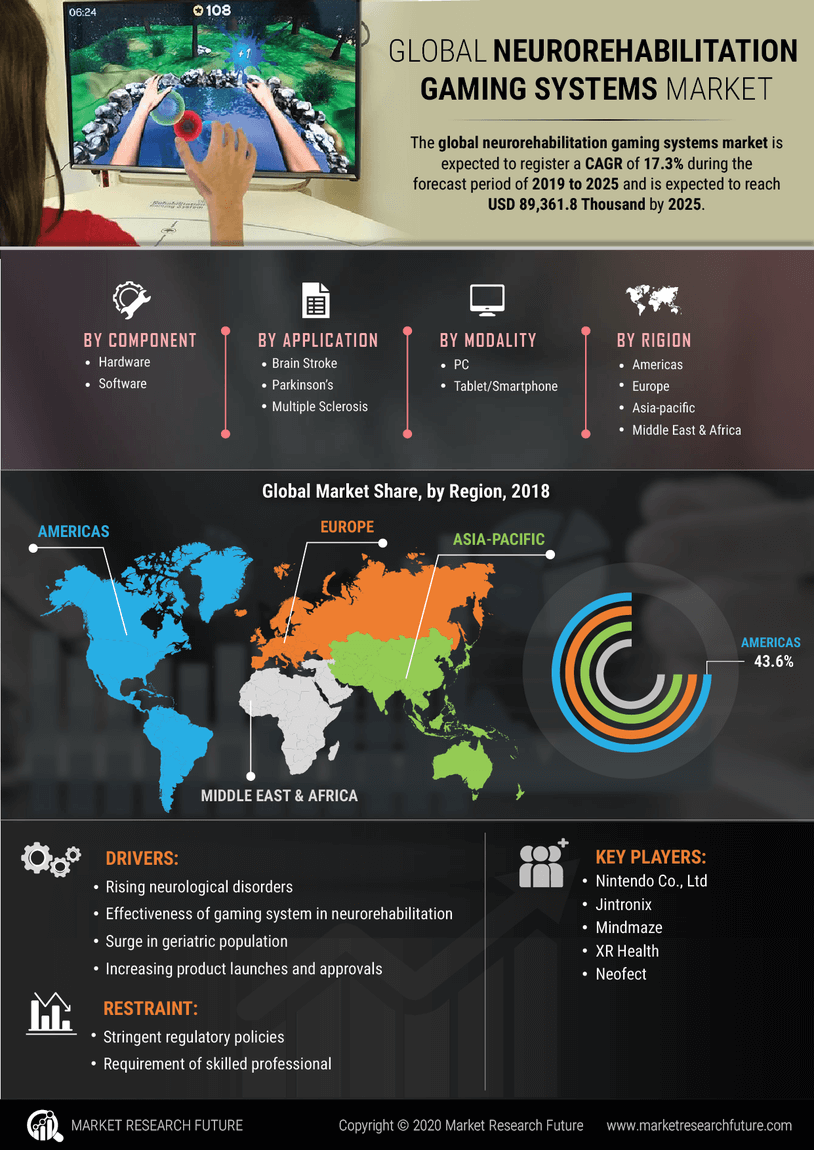

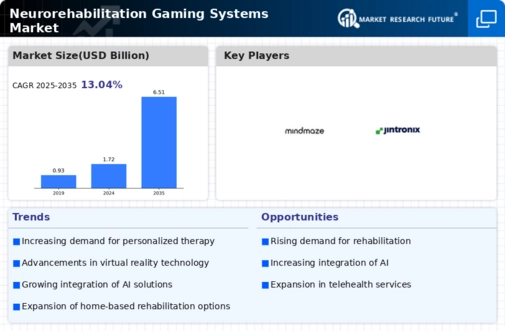
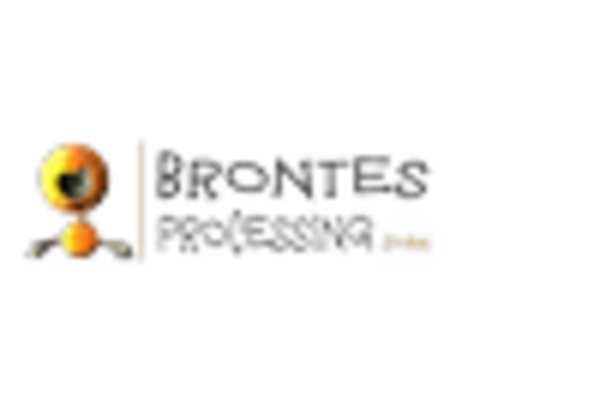
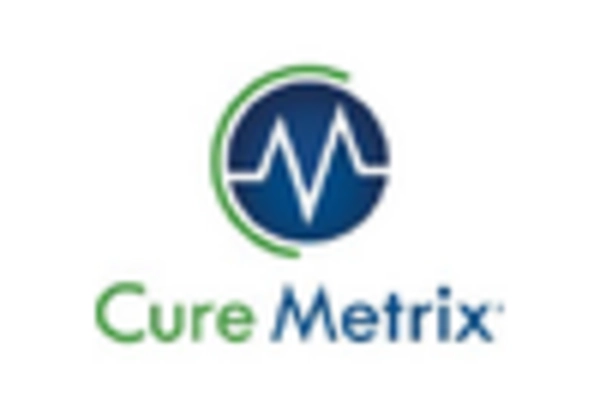

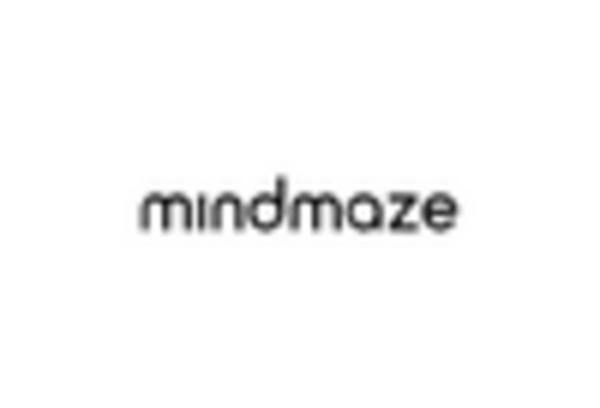
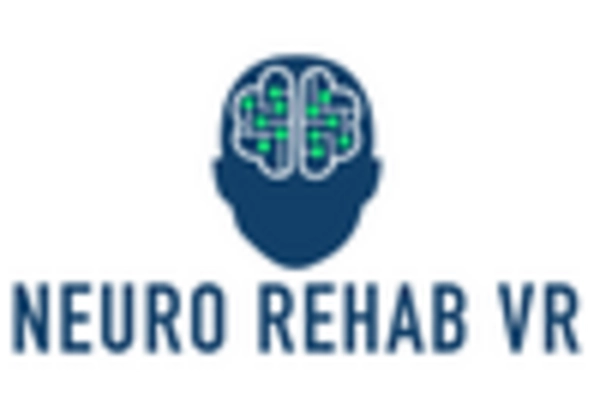
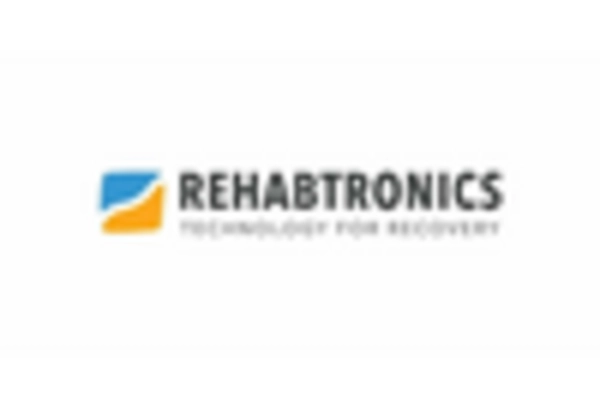








Leave a Comment